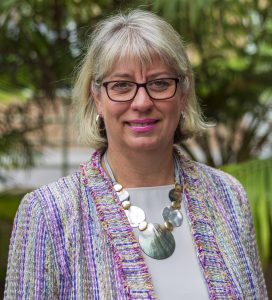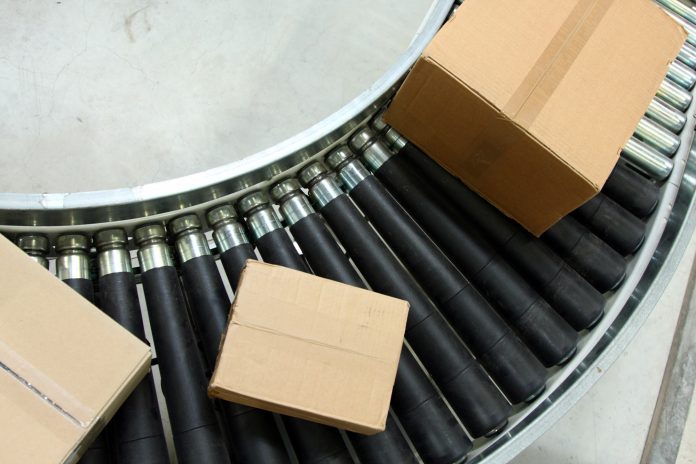
It’s truly a challenge these days not to begin a column with some reference to the ways in which Covid-19 has made our lives and our industry anything but normal.
By Food South Australia CEO Catherine Sayer.
One of the continuing challenges of the past 12 months has been massive disruption to supply chains. But it’s more than that. This set of circumstances has also highlighted both an established need and an enormous opportunity as manufacturers, new technologies and consumer demands come together around the now mainstream issue of packaging for food and beverage products.
Covid’s impact on freight has only added further impetus to the work the food and beverage industry is already doing to seek out solutions for achieving greater flexibility in terms of shelf life and product format. Much has already been achieved with innovative packaging technologies to reduce the use of preservatives and develop packaging that means products that traditionally require cold chain management are now available in formats that are stable at ambient temperatures.
Now there’s a need for product life to be further extended, both to meet customer needs and to accommodate the risk of delays in the supply chain due to events such as the pandemic. Additionally, exciting new opportunities have arisen to use emerging technologies ranging from smart packaging to truly compostable packaging materials, opening up new possibilities and answering consumer demand for reduced waste and environment impacts from the FMCG industry.
In the background is the 2025 deadline of Australia’s ‘National Packaging Targets’, which include implementing 100% reusable, recyclable or compostable packaging, 70% of plastic packaging being suitable for recycling or composting, 50% recycled content in packaging materials, and the phasing out of single-use plastic packaging – this last one being very much on the front burner here in South Australia where single-use plastic straws, stirrers and cutlery are banned from 1 March this year, with expanded polystyrene cups, bowls, plates and clamshell containers to be banned early next year.
The recipe for success will be a combination of innovative processing technologies to reduce the number of spoilage organisms in the product, the right packaging materials to provide effective barriers against contaminants, the right labelling materials for those packaging materials and product types, and effective systems and legislation to support recycling and composting.
Over the past few years, Food South Australia has undertaken a research project each year to answer industry needs such as this. Through this program, which receives funding support through the South Australian government, we’ve previously run a program of workshops and industry coaching opportunities to build capability and industry knowledge in sustainable packaging options.
Now, building on the sustainable packaging focus, we’re partnering with the Australian Institute of Packaging and the South Australian Research and Development Institute to work with food and beverage businesses to identify tailored shelf-life extension solutions tailored to their products, transport optimisation solutions tailored to their respective markets, and developing skills in packaging economics at the individual business level.
Our aim is to address the risks to business in terms of disrupted transport – exposed so clearly by the pandemic – but also, and more importantly, to assist businesses to develop their own solutions and strategies to reach the goals set by the 2025 targets and develop markets and sales by meeting consumer and compliance requirements for smarter packaging solutions.
It’s no newsflash that there’s no quick fix available.
Affordable and effective technologies and the right materials for all categories of products don’t necessarily exist at this point. Nor do the capabilities or even consistent systems for recycling and composting. These currently differ enormously between the states and territories and pose another significant challenge. Hard economics and simple logistics will be in play every step of the way, in what each business can afford to do and how soon they can do it.
Yet the goal can no longer be comfortably, simply aspirational, not with only four years to go to meet those national targets and consumer awareness driving greater expectation and demand.
The circumstances, coupled with consumer expectation, may have produced something akin to a perfect storm. I don’t think any of us had this in mind when we were intoning our mantra of ‘we’re all in this together’ back in 2020, but it certainly applies to getting the recipe for packaging right.
About Catherine Sayer
Catherine has led Food South Australia since it was established in 2010, passionately guiding the development of the industry’s peak body with a focus on industry growth and advocacy. She also is a member of and chairs a number of boards.
 About Food South Australia
About Food South Australia
Food South Australia is the state’s peak body for the food and beverage industry, with a mission to support and sustain the industry in the state by helping businesses of all sizes to grow their markets, capability, and industry connections. Food South Australia is independent, industry led, and membership based.


